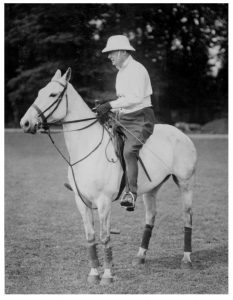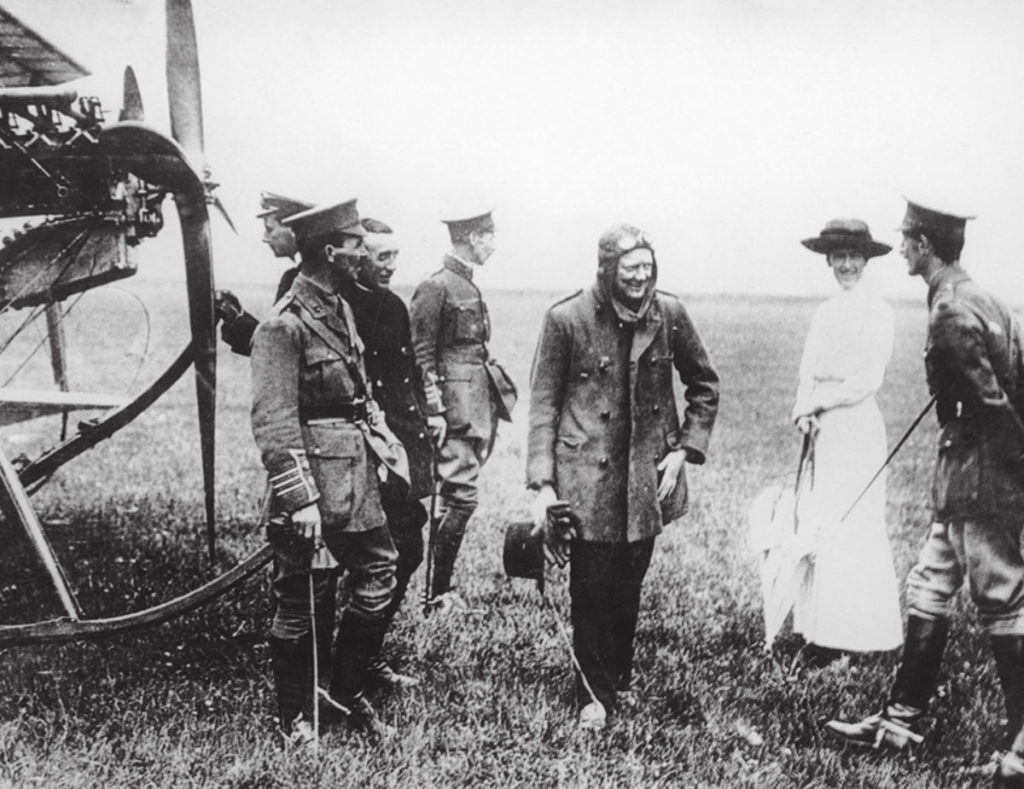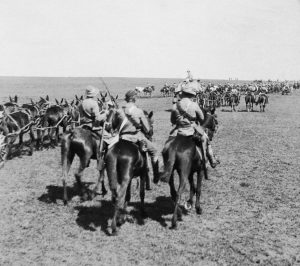
Man of Action
Flying

Winston Churchill greets onlookers after a flight from Upavon to Portsmouth in 1915 ©Hulton Archive, Getty Images
August 19, 2021
Initially rather dubious about flying (he first went up in a plane out of a sense of duty), Churchill soon became passionate about it. He took instruction from Commander Spenser Grey, Lieutenant Jack Snedden and Richard Bell Davies (who was later to win the Victorian Cross at the Dardanelles) and made practice flights at the Royal Naval Flying School, Eastchurch Aerodrome in Kent. He was keen to get his pilot’s licence and needed to notch up the necessary hours.
One of his instructors and co-pilots was Captain Gilbert Lushington who, only a week or so after flying with Churchill in November 1913, went up again in the same plane. On landing, it slipped and crashed and Lushington was killed. Many friends and colleagues, and Clementine, of course, urged Churchill to give up flying.
Churchill wasn’t a very competent pilot and had several near crashes (but then so did many early pilots). In June 1919 (when not at the controls), he experienced a crash landing at Buc airfield near Paris and then only a month later, was forced to crash-land again (from only ninety feet) because of some mechanical failure – or perhaps human error. Although clearly not a natural pilot, Churchill was foolishly fearless in his determination to obtain his licence and only abandoned the attempt after further considerable pressure. But he did always enjoy the thrill of flight and in later life would sometimes take the controls of a plane.
He remained a passionate advocate of air power and the British Navy was the only fleet in the world at the start of the First World War to have an air force of over a hundred planes. Just before the Second World War, he was proud to become the Honorary Air Commodore of 615 Squadron of the RAF.
Subscribe
WANT MORE?
Get the Churchill Bulletin delivered to your inbox once a month.




